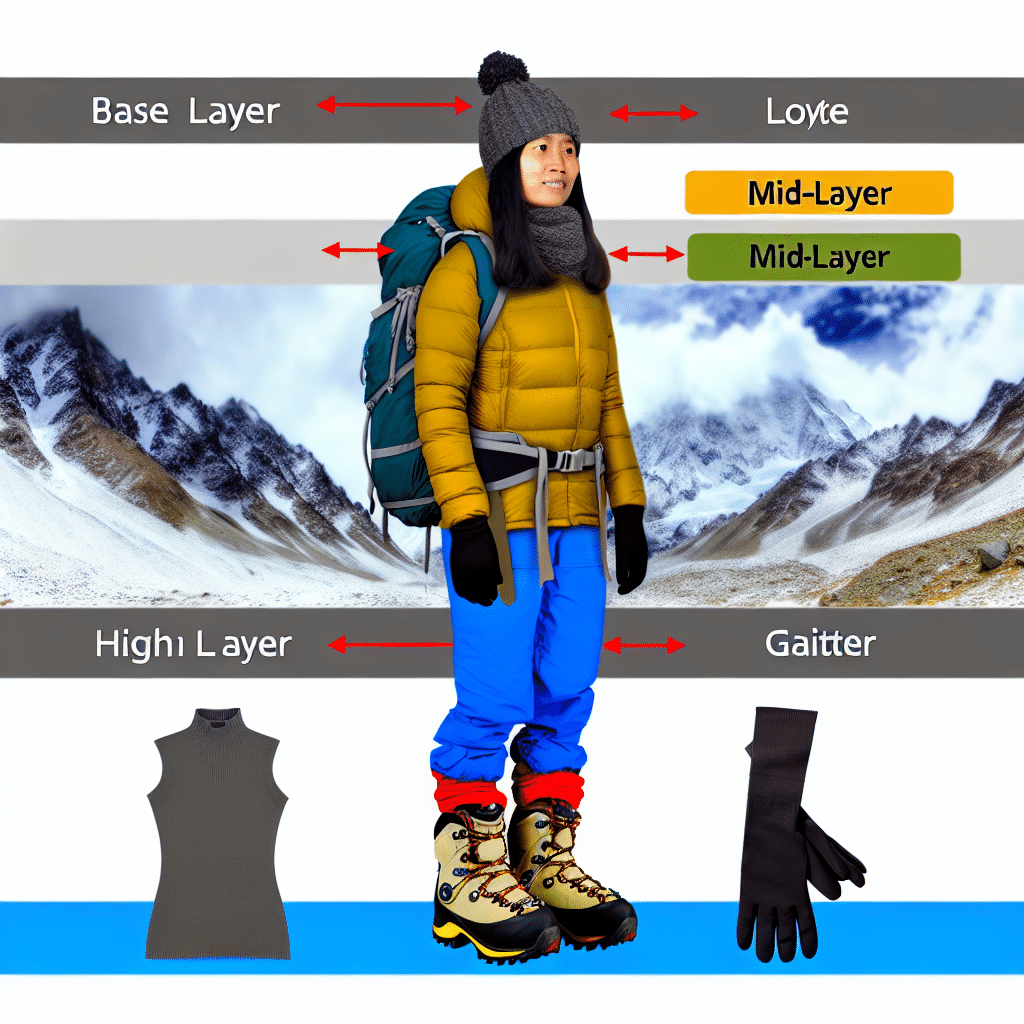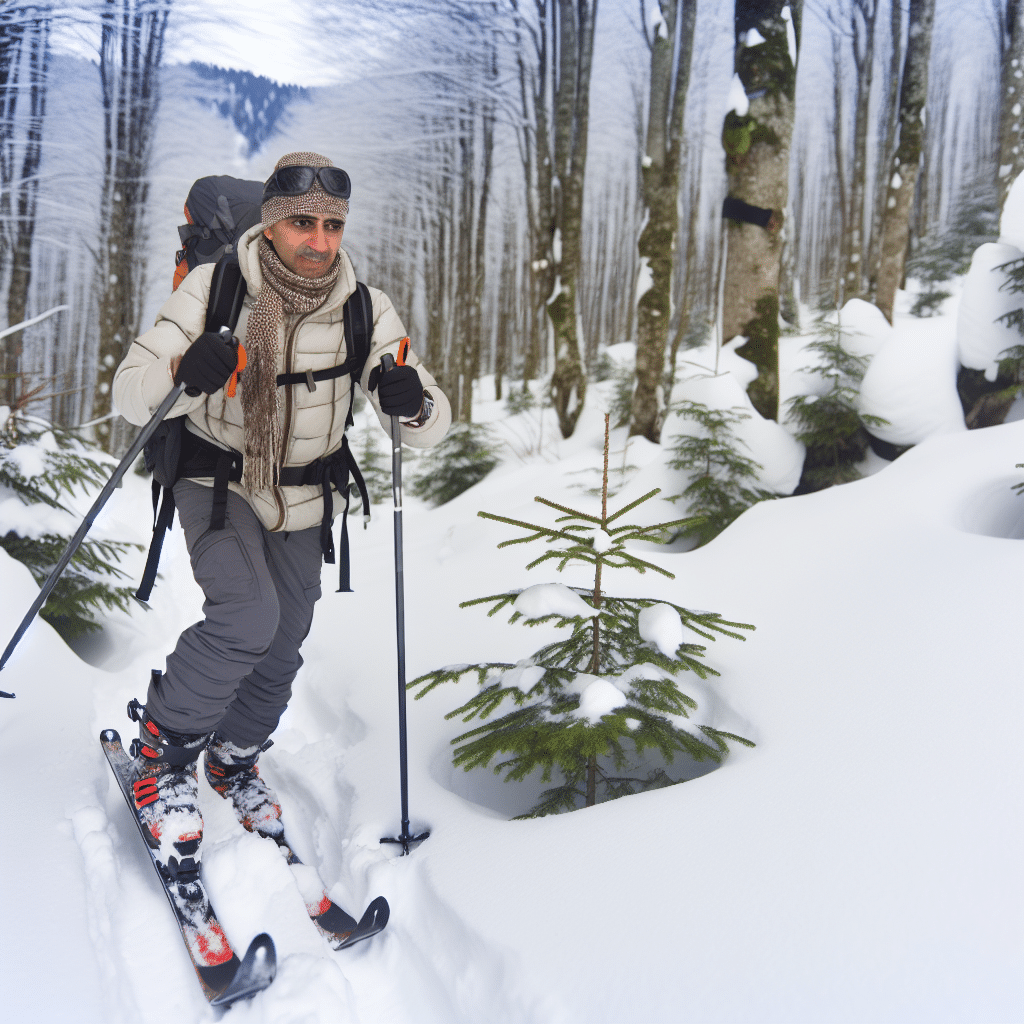Venturing into the world of mountaineering brings the promise of breathtaking vistas, the thrill of conquering summits, and the profound serenity of being one with nature. However, to ensure both safety and comfort during these high-altitude adventures, appropriate gear is paramount. One critical aspect often underestimated by novices is mountaineering clothing. This guide will walk you through the essentials of what to wear when scaling the heights.
Why Is Mountaineering Clothing So Important?
Mountaineering isn’t akin to a casual day hike or a leisurely walk in the park. The changing weather conditions, extreme altitudes, and rugged terrains demand specialized clothing to keep your body protected, warm, and dry. Here’s why mountaineering clothing should be your top priority:
Weather Protection
High altitudes experience drastic weather changes. A sunny morning can quickly turn into a snowstorm by the afternoon. The right clothing provides a barrier against rain, wind, snow, and extreme cold, ensuring you stay dry and warm no matter what nature throws at you.
Regulating Body Temperature
Mountaineering clothing is designed to regulate your body temperature effectively. Layering, a fundamental technique in mountaineering attire, allows you to add or remove layers as needed to maintain a comfortable body temperature, preventing both overheating and hypothermia.
Minimizing Weight
Every ounce counts when you are carrying your gear up a mountain. Specialized mountaineering clothes are typically lightweight yet efficient in providing the necessary protection and insulation. This balance between weight and functionality is crucial for long expeditions.
What Should You Wear? The Fundamentals of Mountaineering Clothing
To achieve the best results in mountaineering, your attire should follow a layering system: base layer, mid-layer, and outer layer. Each serves a distinct purpose and works in concert to offer optimal protection and comfort.
Base Layer
The base layer is in direct contact with your skin and is responsible for wicking moisture away from your body. This is essential to keep you dry and prevent your core temperature from dropping. Key attributes to look for include:
– **Material**: Synthetic fabrics like polyester or natural fabrics like merino wool are excellent choices because of their moisture-wicking properties.
– **Fit**: Should be snug but not restrictive.
– **Features**: Look for antimicrobial treatments to minimize odor during extended wear.
Mid-Layer
The mid-layer is your insulation and the key to retaining body heat. There are various options for this layer depending on the weather and your personal preference:
– **Fleece Jackets**: Lightweight and breathable, ideal for moderately cold conditions.
– **Down Jackets**: Excellent warmth-to-weight ratio but less effective when wet.
– **Synthetic Insulation**: More effective in damp conditions than down but generally bulkier.
Outer Layer
Your outer layer or shell is the last line of defense against the elements. This layer should be windproof, waterproof, and breathable to protect you from rain, snow, and wind while allowing moisture from sweat to escape.
– **Hard Shell Jackets**: Made from Gore-Tex or similar materials, they offer excellent protection but can be less breathable.
– **Soft Shell Jackets**: More breathable and flexible, ideal for less extreme conditions.
Footwear and Accessories: Completing the Ensemble
Your mountaineering outfit isn’t complete without the right footwear and accessories. Here’s what you need:
Mountaineering Boots
Mountaineering boots provide essential ankle support, insulation, and compatibility with crampons. Ensure they fit well to avoid blisters and other injuries.
Socks
Opt for moisture-wicking, insulating socks made from materials like merino wool. Layering socks can also provide additional cushioning and warmth.
Gloves
Depending on the conditions, you might need multiple pairs of gloves. Lightweight liner gloves can be paired with insulated outer gloves or mittens for added warmth.
Headwear
A warm hat, balaclava, or headband is crucial for protecting against the cold. Don’t forget a sun hat or cap for lower altitudes to protect from UV rays.
Gaiters
Gaiters protect your legs and boots from snow, debris, and moisture. They are especially useful in snowy or muddy conditions.
Conclusion: Be Prepared and Stay Safe
Mountaineering is an exhilarating activity that pushes both your physical and mental limits. However, venturing into high altitudes without the appropriate mountaineering clothing is a recipe for disaster. Understanding the importance of each layer and choosing the right materials and fit can make the difference between a memorable adventure and a dangerous ordeal. Always invest in quality gear and be prepared for the worst conditions to ensure a safe and enjoyable mountaineering experience.
By following this guide, you’ll be well-equipped to face the challenges of the mountains, allowing you to focus on the pure joy and accomplishment that comes with reaching new heights.




